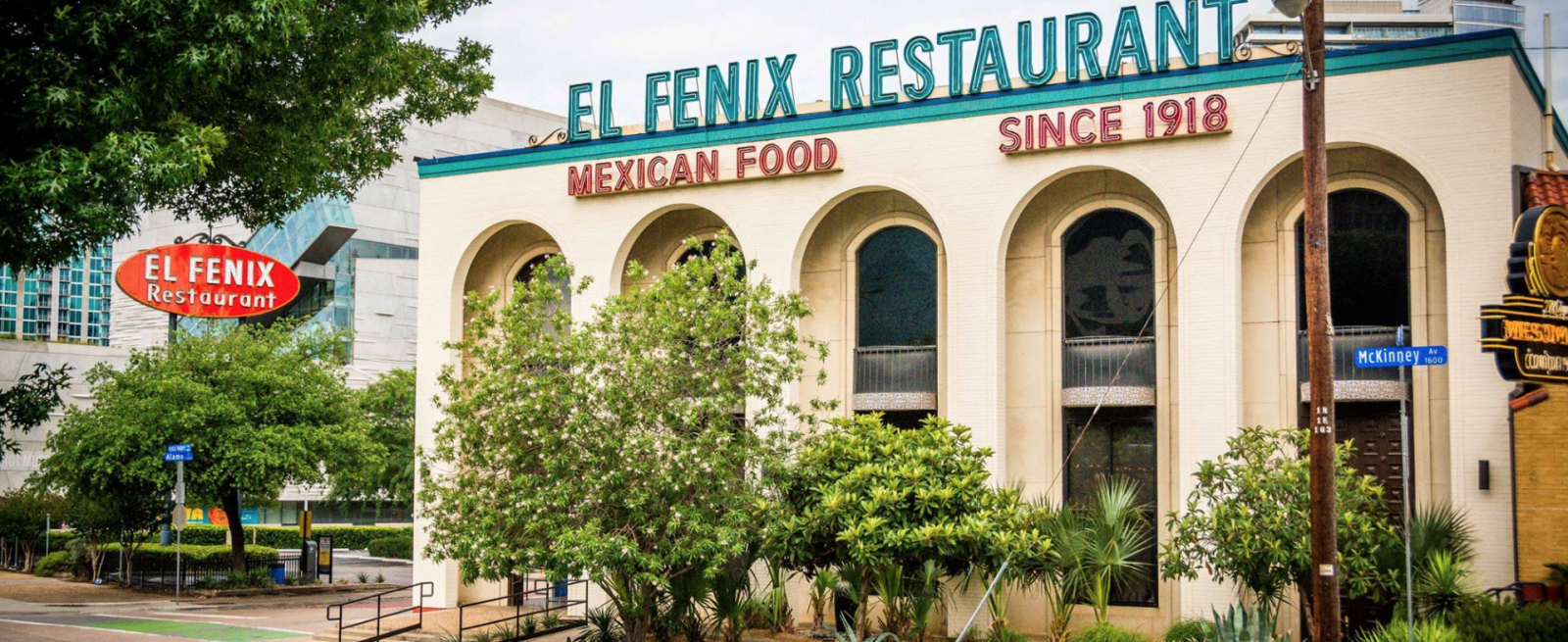The Infatuation with Zagat and Flippy Debuts
13 Min Read By MRM Staff
This edition of MRM's Daily Bite features The Infatuation and Zagat, the International Foodservice Distributors Association, Miso Robotics, Cozzini Bros. and Maestranzi Brothers Grinding & Supply, El Fenix, General Mills Foodservice, ICE and Good Food 100.
Send news items to Barbara Castiglia at bcastiglia@modernrestaurantmanagement.com.
The Infatuation To Buy ZagatThe Infatuation entered into an agreement to buy Zagat from Google. “We’re thrilled by this opportunity to acquire such a pioneering and trusted restaurant guide as Zagat,” said Chris Stang, The Infatuation’s Co-Founder and Chief Executive Officer. “Iconic brands don’t become available very often, and Zagat is about as iconic as it gets. It is the perfect complement to what we have been building at The Infatuation.” "Zagat has helped us provide useful and relevant dining results for users across our various products," said Jen Fitzpatrick, VP of Product and Engineering, Google. "The Infatuation is…
Sorry, You've Reached Your Article Limit.
Register for free with our site to get unlimited articles.
Already registered? Sign in!

